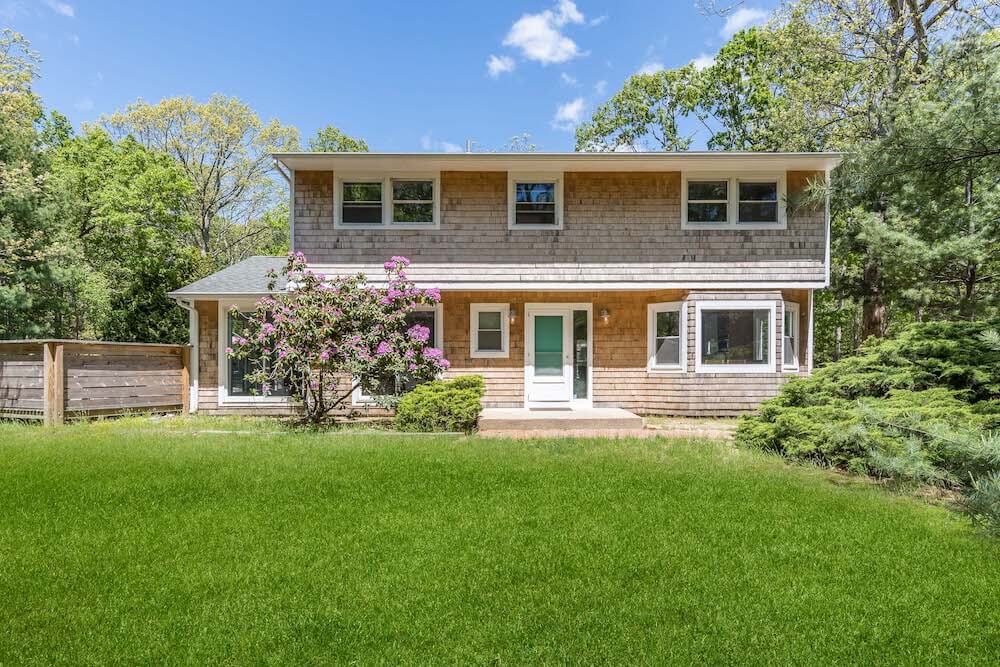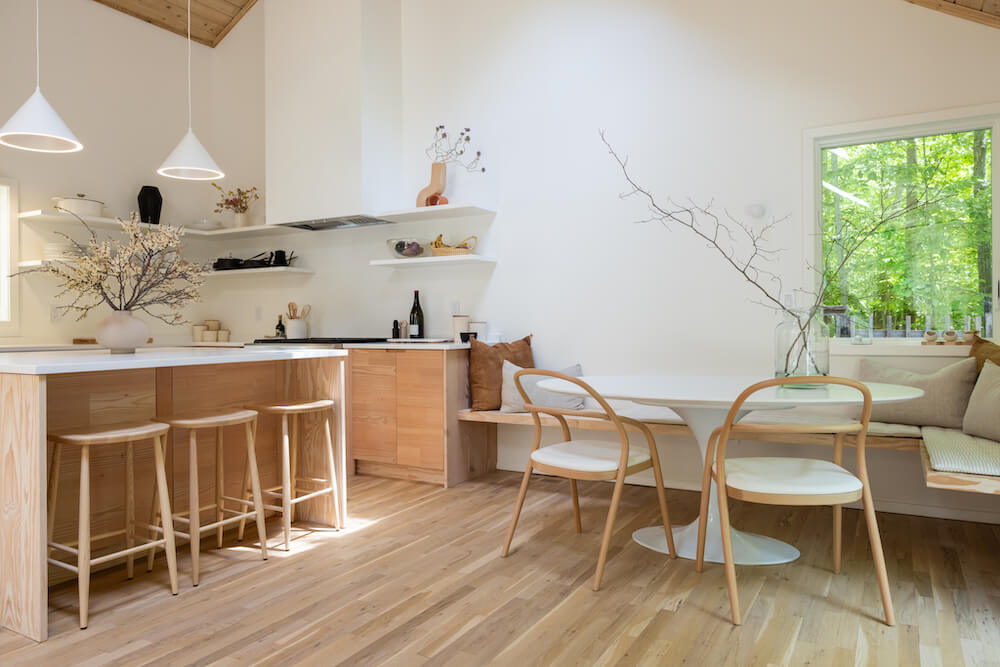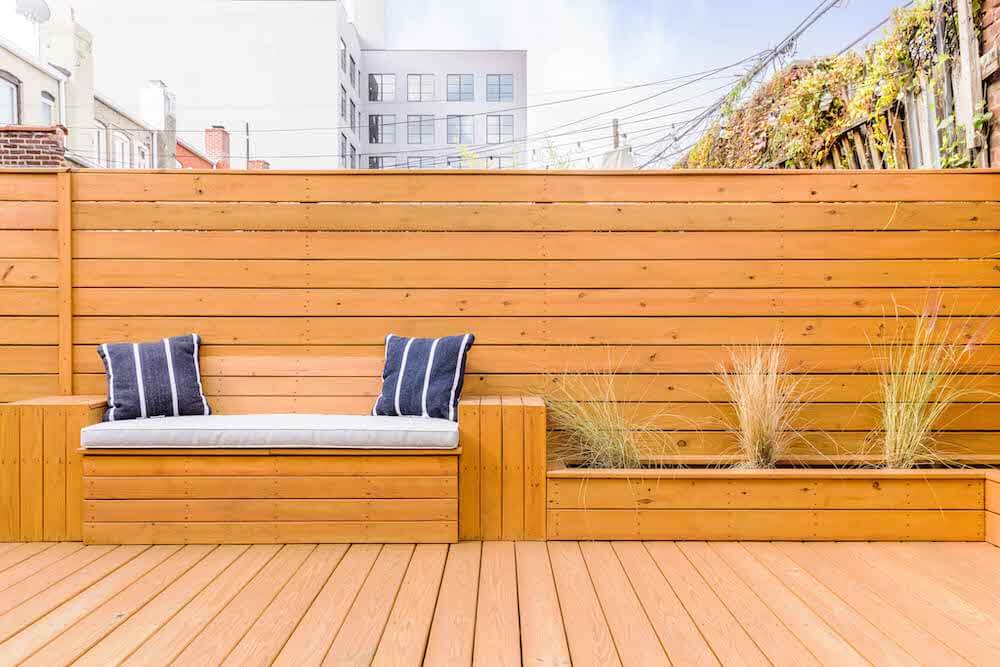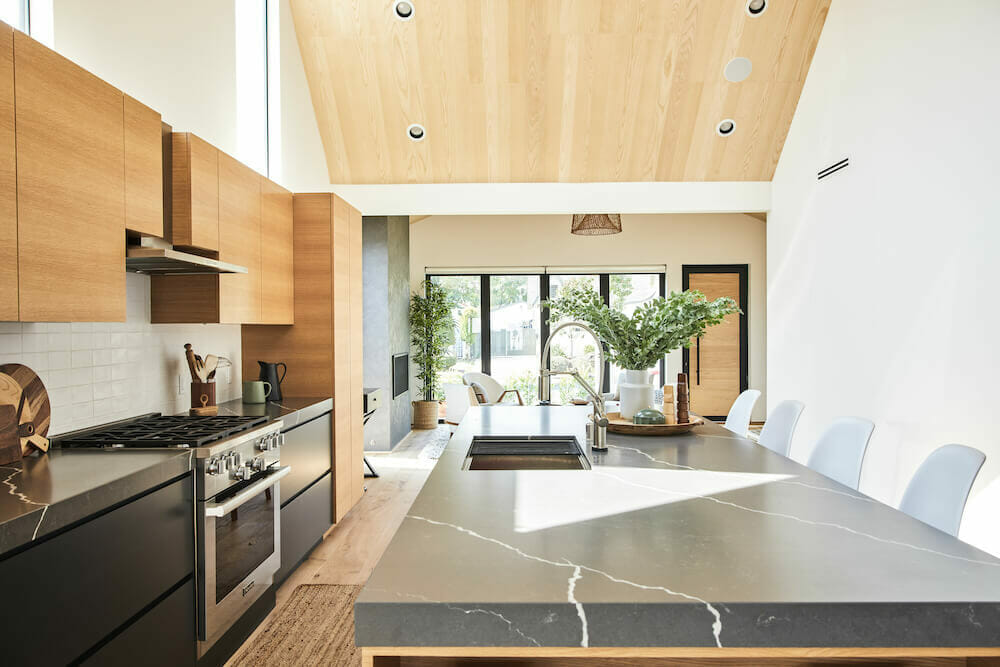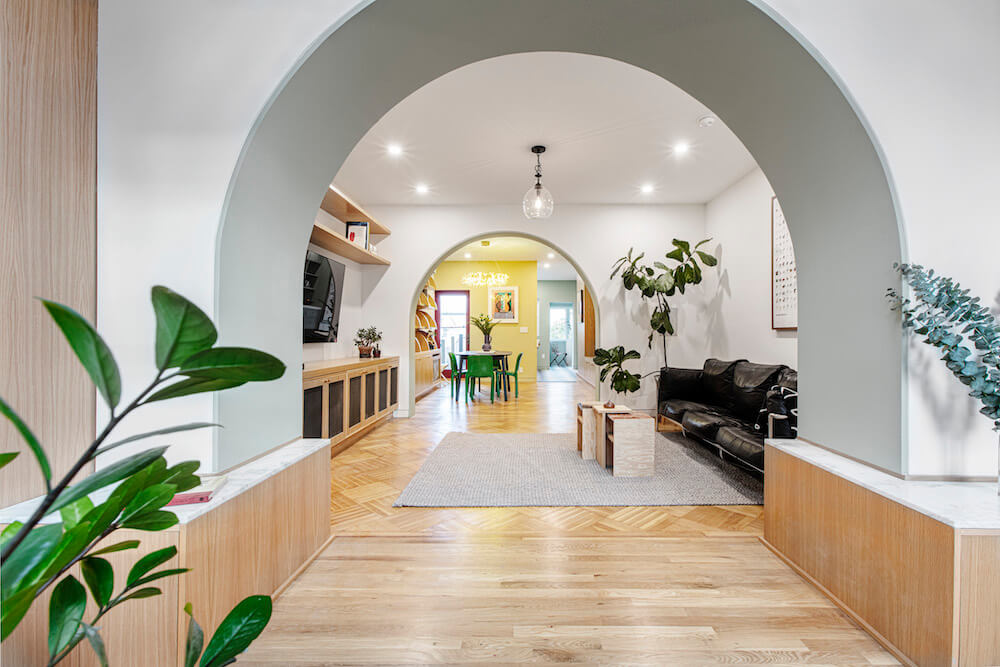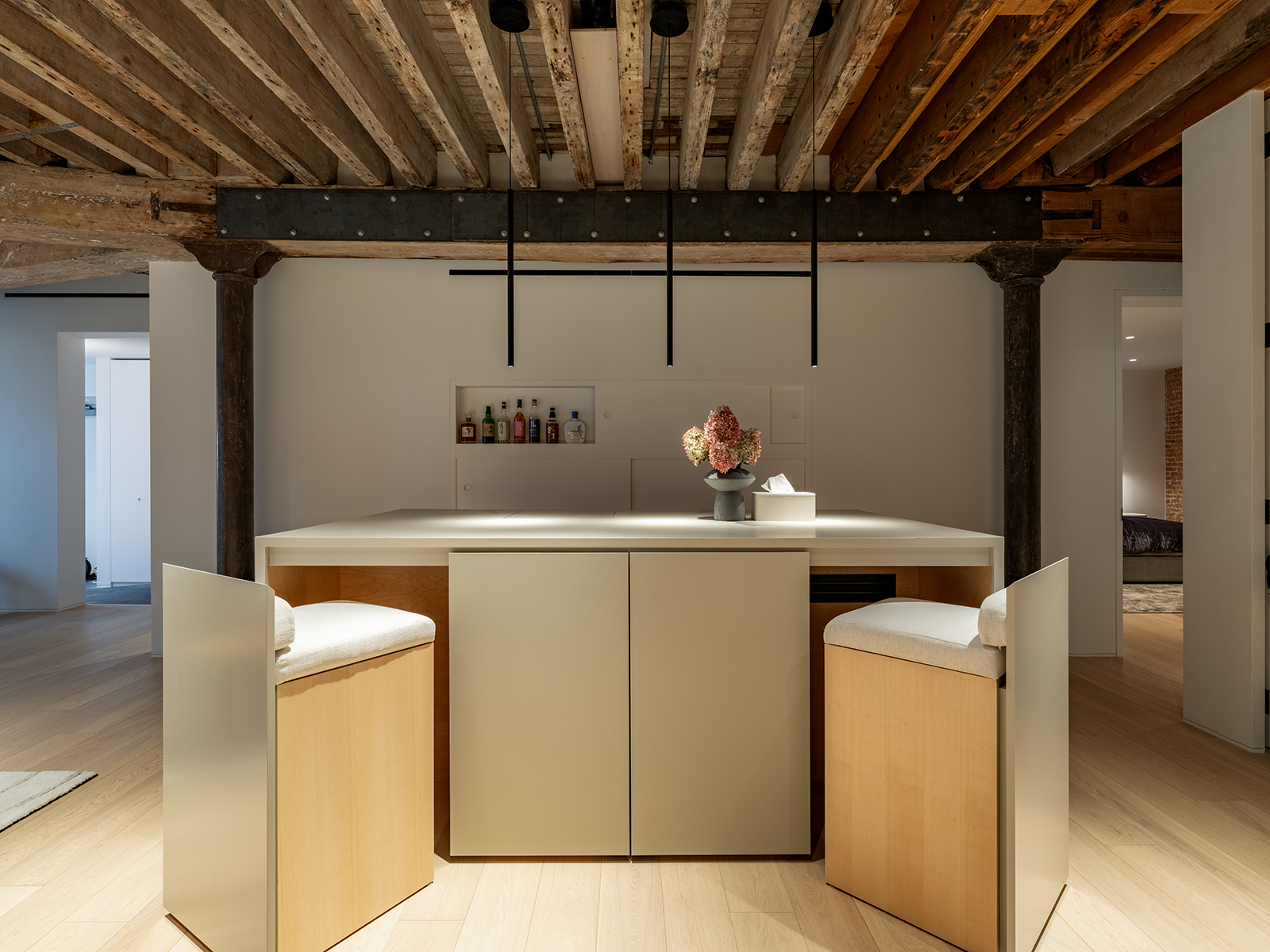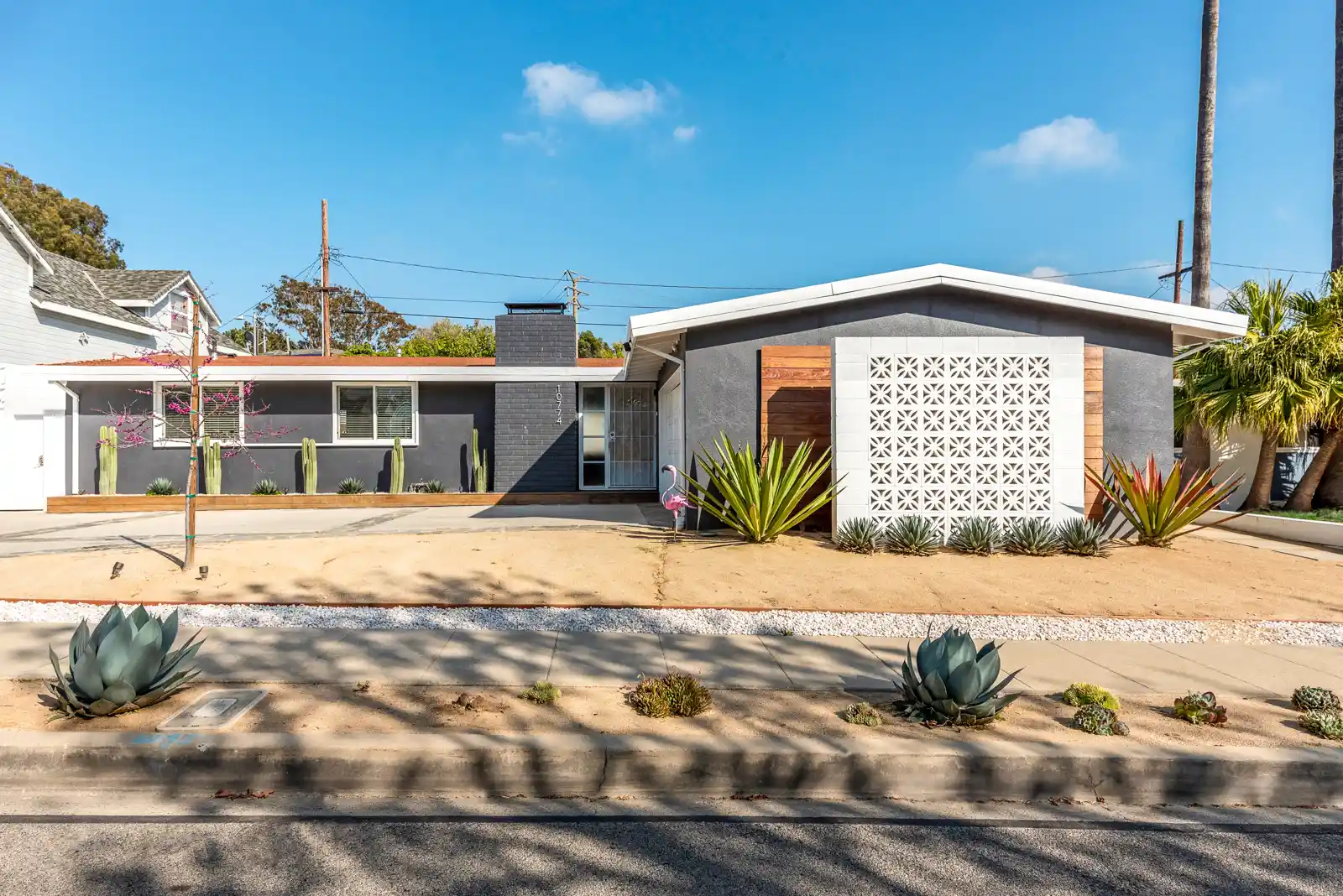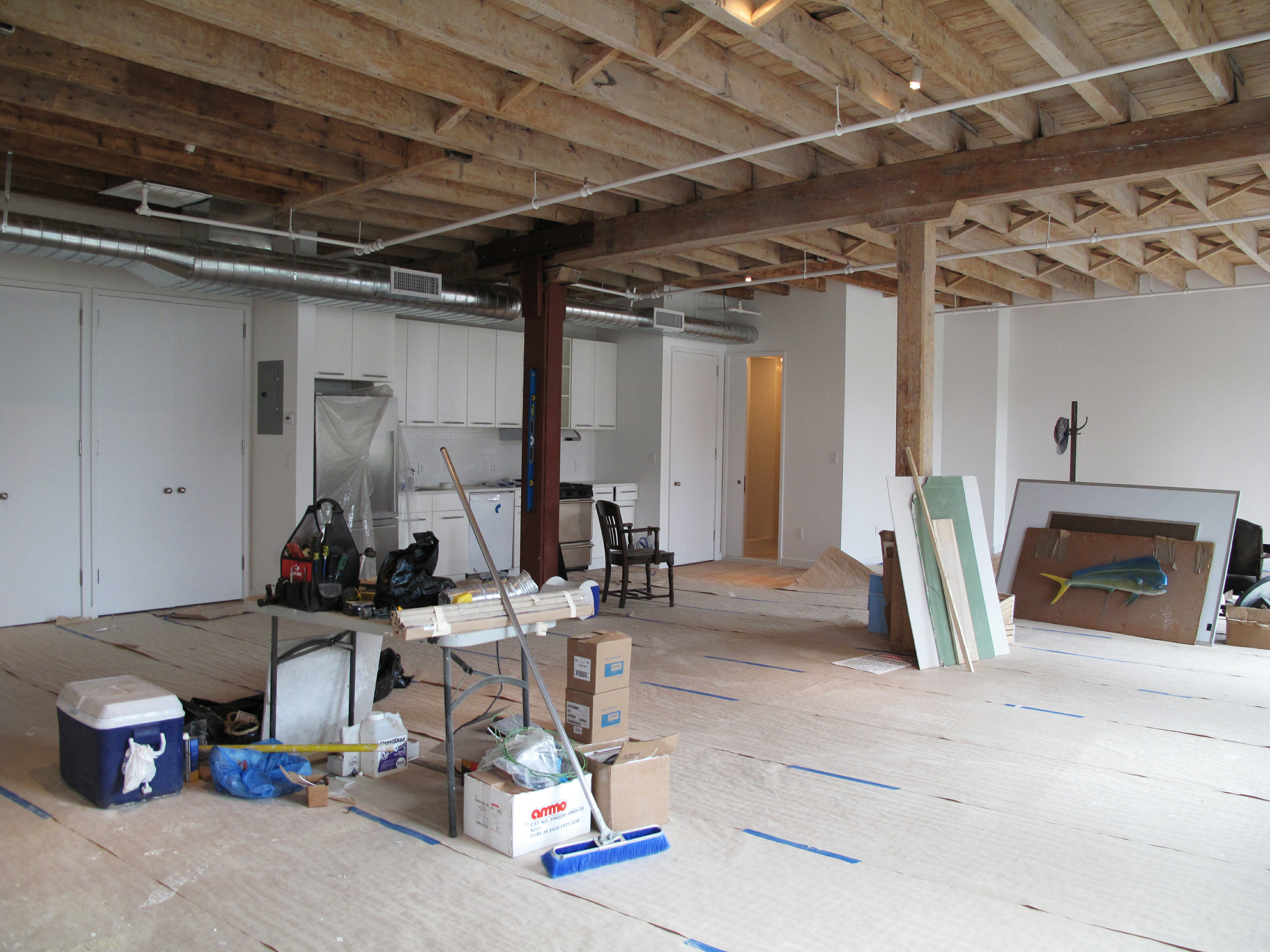Molding: From Bare Walls to Crown Jewel
The decorative trim of crown molding adds timeless character and visual appeal
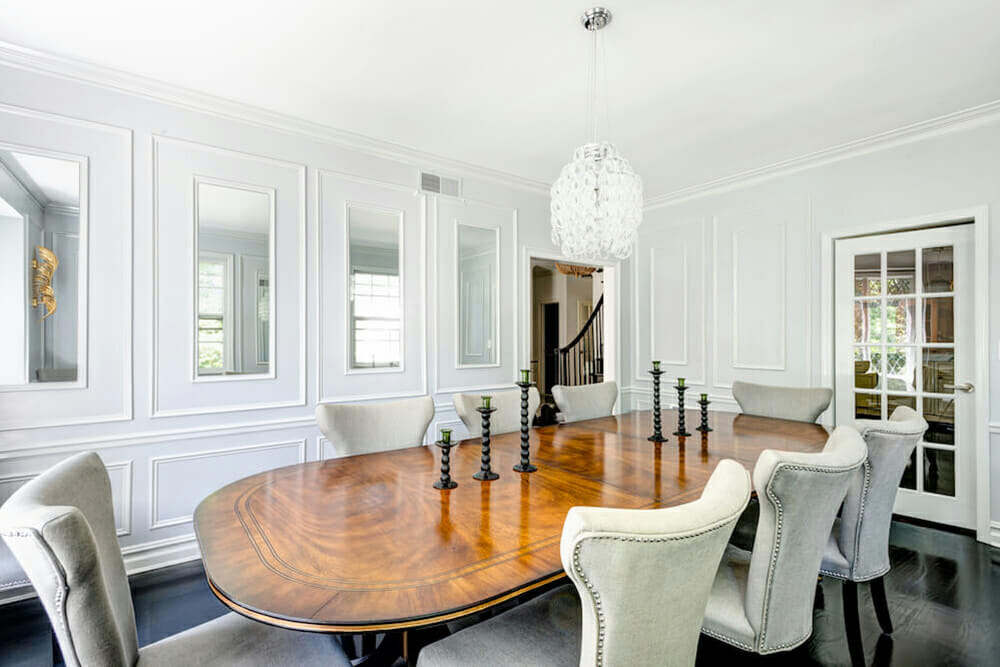
Are you satisfied with the overall look of the rooms of your house? Furniture and decor aside, does it have the character you crave? If not, consider introducing molding. The addition of trim along the ceiling, at the floor, and around doorways (even on walls) will add the depth and distinction you seek. This is true for new and old, modern and traditional houses alike. When introduced with imagination and care, molding also will boost the perceived value of a home.
Sweeten matches home renovation projects with vetted general contractors, offering guidance, tools, and support—for free.
Crown molding styles
You can add trim to just about any area of a room, from ceiling to floor, and areas in between. Some molding styles will work anywhere; others are designed to fit a specific location. Here’s the rundown:
- Crown molding – Just as the name indicates, crown molding crowns the room when placed at the seam or transition between the ceiling and the wall. Styles can be very simple or highly elaborate and combined to create a unique and refined installation. You can also work with a fabricator to design and cut from wood the exact look you want, but this will cost more than pre-made (see materials and profiles below).
- Casing – This trim serves to conceal the gap between the wall and the door or window frame. With regard to doorways, it also helps to stabilize the opening, so this is one trim you don’t want to skip. Casing and baseboard should match or closely resemble each other for a cohesive look that doesn’t dominate a room (particularly one with a crown molding).
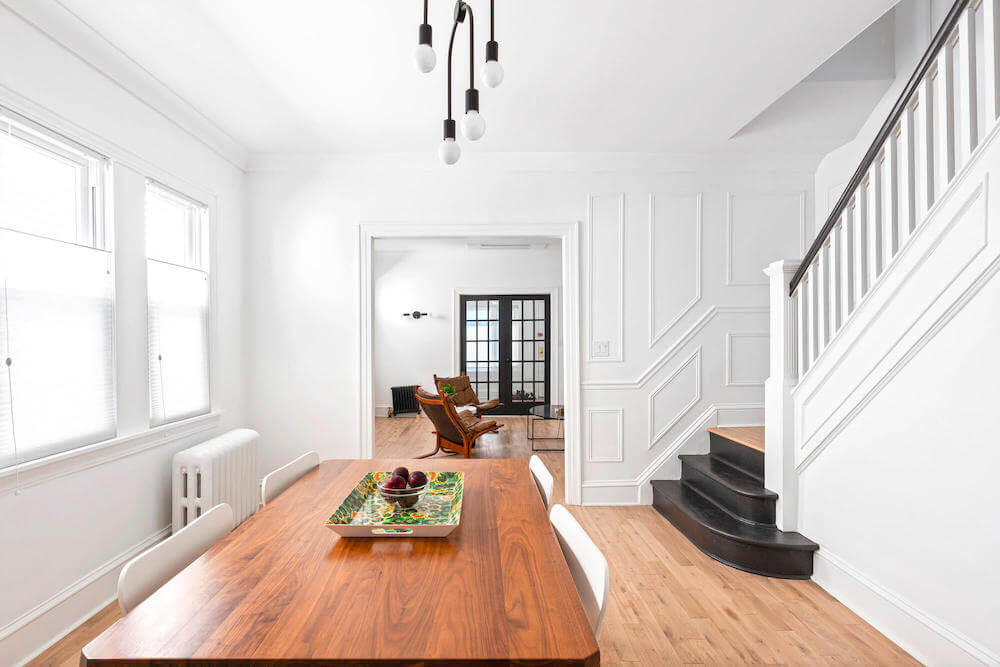
- Chair rail – Functioning as both decoration and protection, a chair rail resides about halfway up a wall to protect the surface from dings from furniture placed close by. Decorative options abound here. As a natural separator, the areas above and below the chair rail may be painted a different color, or covered with wood paneling or wallpaper. Another practical benefit: if an area needs to be repaired, you don’t have to replace the surface material—paint or wallpaper—on the entire wall for a perfect match. You can just replace the damaged material above or below the molding.
- Panel molding – This decorative molding is used to trim out raised-panel wall construction. Beadboard and wainscoting are a couple of examples.
- Picture frame molding – This molding serves two types of applications. Use it to create a frame (or frame within a frame) on a wall, which can be further defined with paint, fabric, or wallpaper. Or run it along walls near the ceiling to support hooks for picture wires, eliminating nail holes in the wall.
Sweeten brings homeowners an exceptional renovation experience by personally matching trusted general contractors to your project, while offering expert guidance and support—at no cost to you. 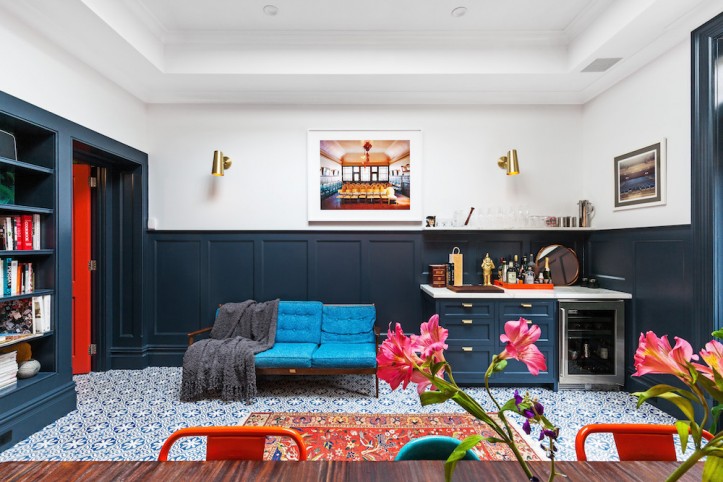
Renovate to live, Sweeten to thrive!
- Baseboards – Besides casing, this trim is the most common. It sits at the juncture between the wall and the floor. The purpose is twofold: to protect against shoe scuffs and to give the floor a finished appearance, hiding any separation that may occur as the room settles. You can go narrow or wide here, as your taste and the room’s style dictate.
- Medallions – Typically used to conceal the opening through which a light fixture such as a chandelier descends, medallions are also decorative. Available in a range of sizes, apply one or several for pure embellishment on a wall, as an alternative to art.
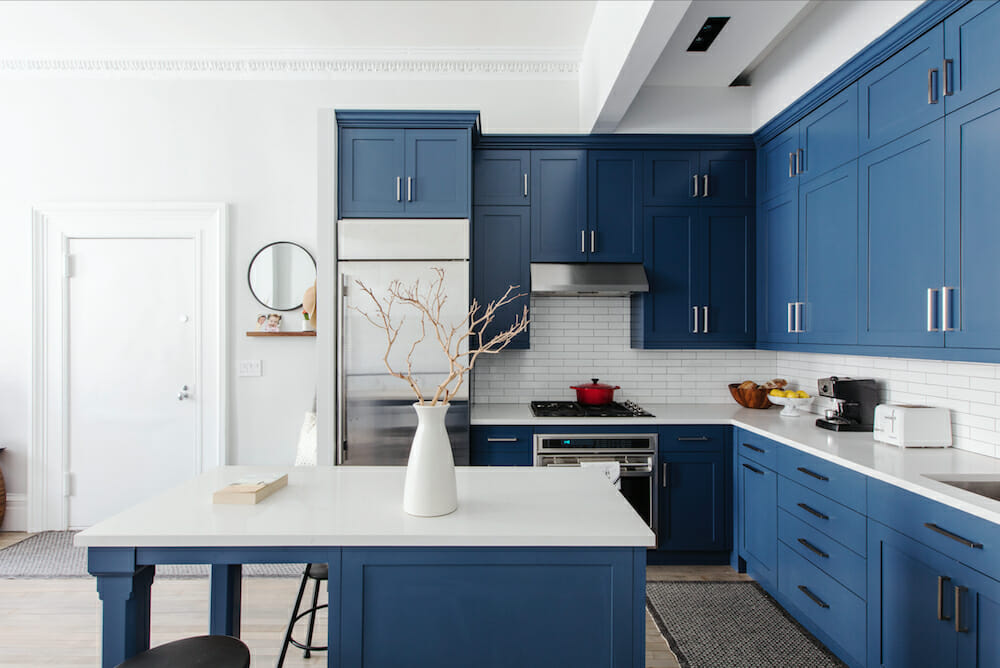
How to use decorative crown molding
- Crown molding most commonly runs along the perimeter of two surfaces to conceal or soften the appearance of the transition between them. Think window frames or crown moldings, described above.
- It can also be applied to pleasing and elegant effect to top cabinets or a bookcase, for a built-in, bespoke look.
- Crown molding that is at least a couple inches deep can also serve as a wall shelf or plate rail in a kitchen.
- Go even deeper and you can employ molding for a fireplace mantel.
- Drop crown molding a few inches from the ceiling and light it for an extra touch of drama in a living or great room, or a romantic glow for a dining room. There are two-piece molding systems available with lights in the lower molding that project upward, illuminating the upper piece. Your contractor can help you create a similar effect with a strip of LED lights.
- Also consider UL-Listed hollow crown molding that can hide common household wiring, good for a home office.
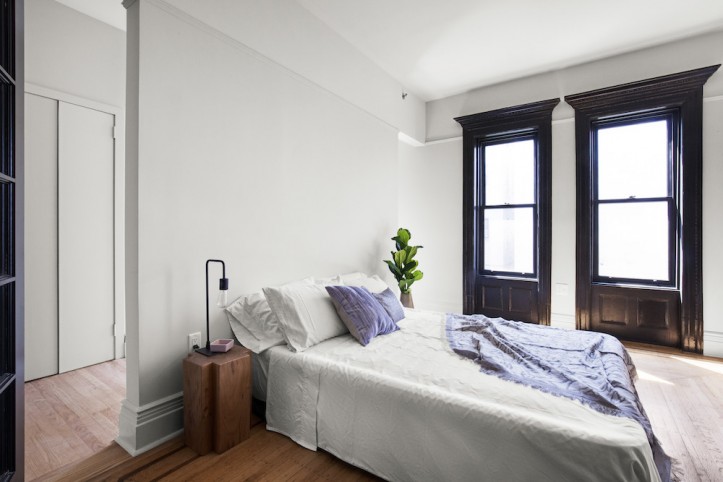
Crown molding materials and profiles
Molding is widely available through stores like Home Depot and Lowe’s as well as lumberyards and some hardware stores. You’ll find a vast selection of profiles—the shape or contour that you see when the molding is seen from its side—from crisp, straight edges to sensuous, elaborate curves. Stock items come in six- or eight-foot lengths.
- Patterns – what you see from the front—include classic dentil and egg-and-dart, as well as floral and abstract designs.
As for what molding is made of, the most popular options include wood, of course, as well as MDF, plaster, and plastic. All of these materials can be painted, and the woods can be stained.
- Wood – Wood molding comes in a variety of species, some hard like maple, and some soft like pine. Go for wood if you want to match walls of the same species or seek an effect from a distinctive grain, like that found in fir or oak. Wood takes stains, varnishes, clear coating, or paint. Some manufacturers will offer wood molding pre-primed and ready for painting.
For an authentic, historic look, check out salvage outlets for reclaimed wood molding from old, deconstructed houses.
As a natural material, wood will respond to changes in humidity so it’s not for rooms with a lot of moisture.
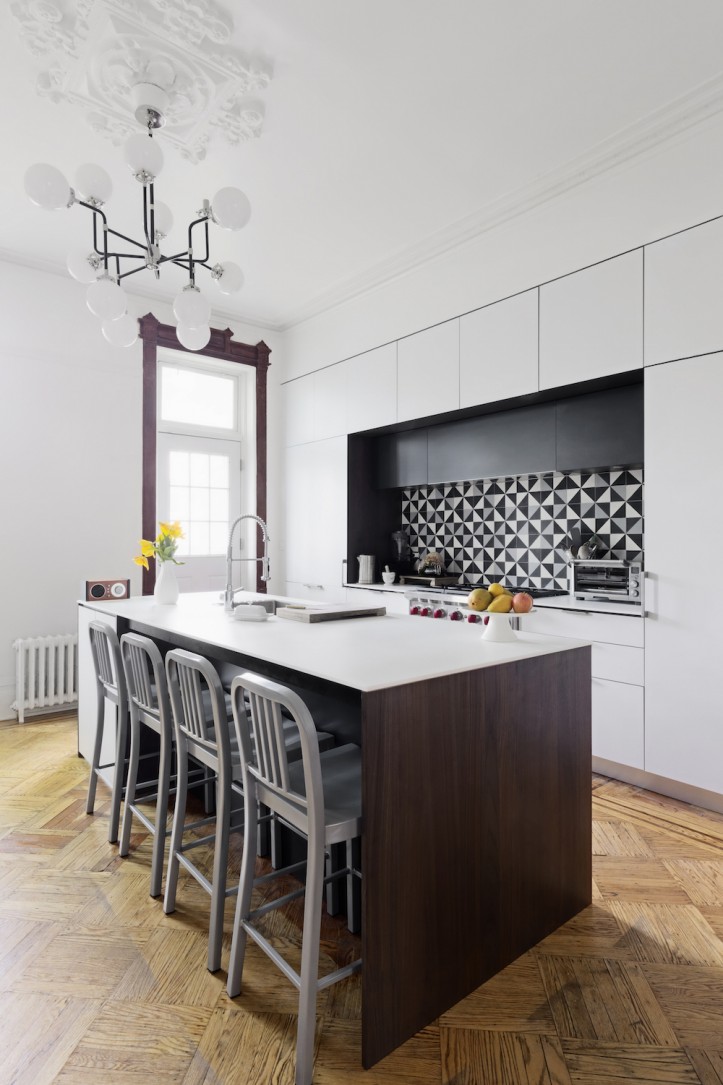
- MDF – Made of wood fibers and resin, medium-density fiberboard (MDF) is a stable yet flexible material, suitable for surfaces that are not completely flat or even. It resists water better than wood and is lighter than plaster but heavier than the plastic options. It should come pre-primed, ready to paint or finish once installed.
- Plaster – A time-honored molding material going back a couple centuries, plaster offers lots of choice in ornate designs. Since it’s also heavy and rigid, it’s not good for rooms where walls are not plumb. For experienced installers only!
- Plastic – There’s a range of options within plastics—polyurethane, polystyrene, PVC. All are flexible to conform to rooms with curves. They are also lightweight, and hence easier to handle than plaster and some woods. Of particular importance, plastics are waterproof, and so will not expand, constrict, split, or warp from exposure to changes in temperature or moisture, such as a kitchen or bath. They are also easy to cut and come ready to paint or faux finish.
- Metal – This material is for rooms with stamped metal ceiling panels.
How to install crown molding
Unless you are an experienced DIYer, it’s best to work with a pro when selecting the size of crown molding for a particular application. First, you or the contractor will need to match the molding to your home’s era and décor. Note that mid-century architecture, in its drive to streamline, did away with most ornamentation. Because of this, it will be hard to find crown molding examples from this time. However, very simple trim—molding, baseboard, and casings—can enhance even a very contemporary or minimal space to make the room feel truly finished. Here, paint the trim the same color as the walls.
Pick the right crown molding for your home
The array of styles and range of materials make molding a simple and fairly thrifty addition to a room—once you’ve made your selection! It can transform a room without requiring you to move a single wall or replace a bit of furniture. If your home has a historic or traditional heritage, you have much more leeway for choosing different types of molding, including very elaborate styles. Look at pictures of historic homes online or in books for period-appropriate inspiration and guidance.
—
Looking for more ways to add character to your home? Hardwood flooring provides a classic look that stands the test of time.
Refer your renovating friends to Sweeten and you’ll both receive a $250 Visa gift card when they sign a contract with a Sweeten general contractor.
Sweeten handpicks the best general contractors to match each project’s location, budget, and scope, helping until project completion. Follow the blog for renovation ideas and inspiration and when you’re ready to renovate, start your renovation on Sweeten.
